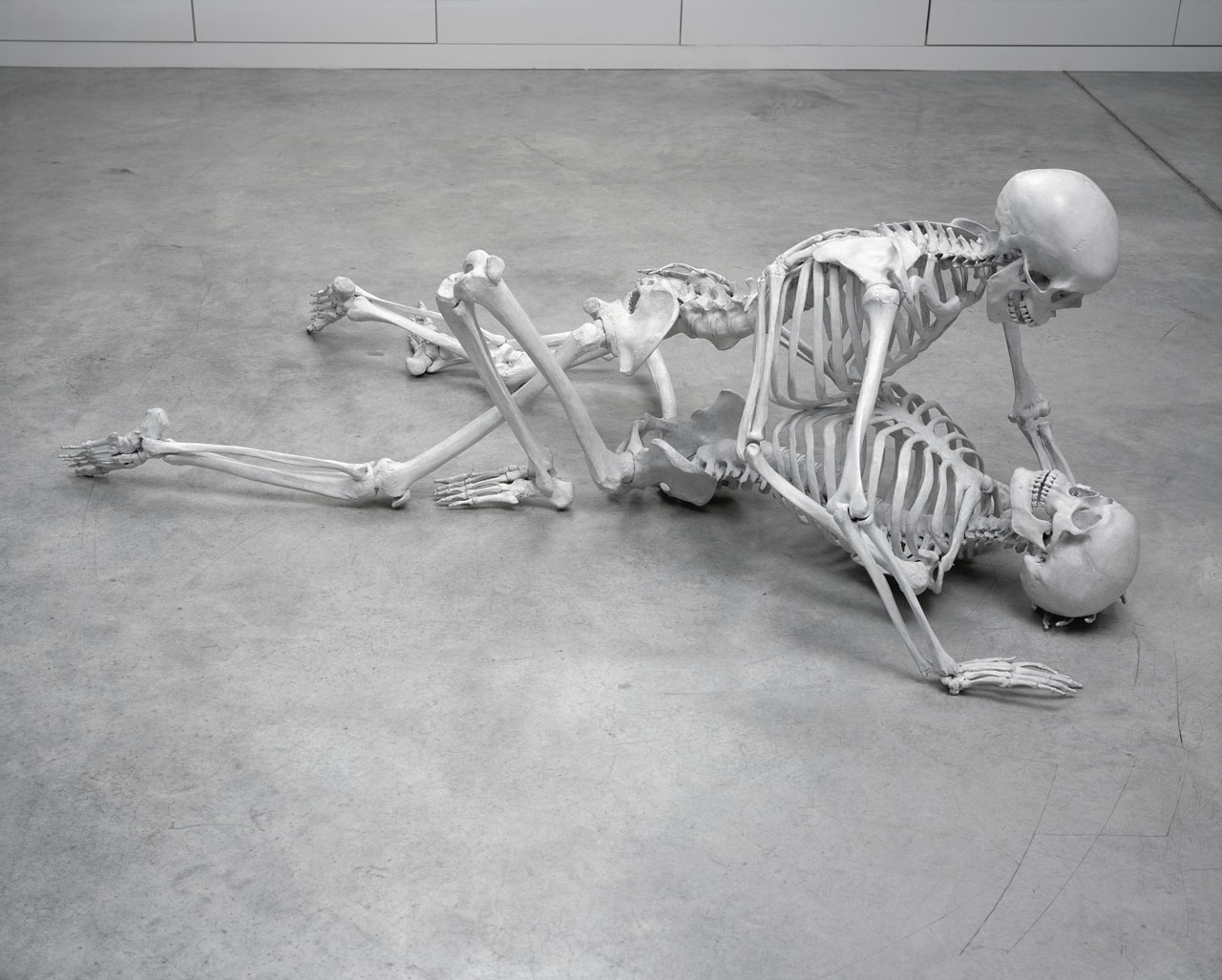
Foundation
Marc Quinn
October 5 → January 6, 2008
Gathering over forty recent works, DHC/ART’s inaugural exhibition by conceptual artist Marc Quinn is the largest ever mounted in North America and the artist’s first solo show in Canada
We had the pleasure of hosting trend forecaster Emily Segal on February 8, 2018, for an exclusive sold-out conference on the concept of hyperstition, in partnership with THEFINEPRINT magazine. Editor-in-Chief Estelle Gervais interviewed the Berlin-based futurist in order to shed some light on the notion, as well as having her comment on hyperstitious situations we’ve created that could very much take place.
I’d like to go over the definition of hyperstition itself—as it was formulated in the 90s but also how you’ve interpreted it in order to explain the phenomenon of hype as we know it today.
Hyperstition is a term coined in the 1990s to describe fictions that make themselves true. As the CCRU (Cybernetic Culture Research Unit) once defined it: “There is no difference in principle between a universe, a religion, and a hoax. All involve an engineering of manifestation, or practical fiction, that is ultimately unworthy of belief. Nothing is true, because everything is under production. Because the future is a fiction it has a more intense reality than either the present or the past. Hyperstitions are not representations, neither disinformation nor mythology.” Nemesis is in the process of reinterpreting this concept in the context of a globalized information culture, in which fashion is rapidly percolating.
Could you explain the relation between understanding the hype of things and predicting the future?
Predicting the future is always kind of a lie. And hype is rarely “understood”, but it can often be felt. It can be fun to get really excited about something completely random.
During the presentation, you’ve referred to “A Thing” in order to make the audience understand the hype behind an ordinary object turned, well, hyped. What makes something… “A Thing”? Who has the authority to do so, or is it self-reliant?
It’s both self-reliant (that’s the self-actualizing quality of the hyperstition at work) as well as the function of larger systemic forces that thrive (and capitalize on) relentless differentiation.
You’ve mentioned that in order for something to become hype, it must be “A Thing” as well as something quite random. Do you see this as a trend that might pass or something that will influence consumption for the years to come?
I think the overall mechanics I described in the talk are likely to influence consumption for the foreseeable future.
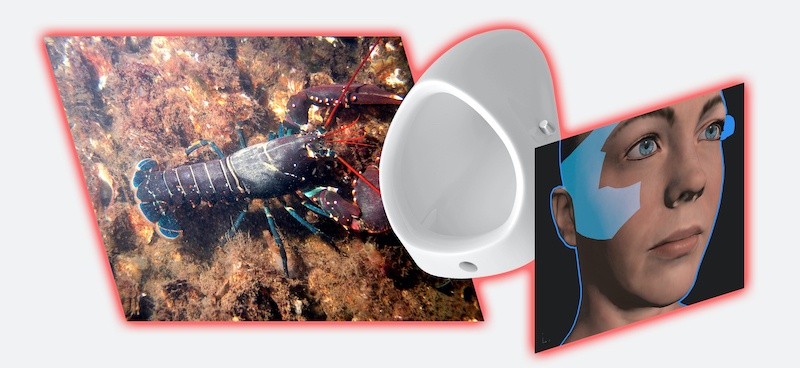
We asked Emily what she thinks about these hyperstitious situations we’ve made up. From live lobsters worn as ties to a cryptocurrency takeover, check out what she thinks!
Having an avatar of oneself replace our online persona.
What kind of avatar? Our online personas are already avatars.
Live lobsters worn as ties.
Sounds good.
Duchamp’s spirit was being raised from the dead by an AI to create a last ready-made.
Very likely.
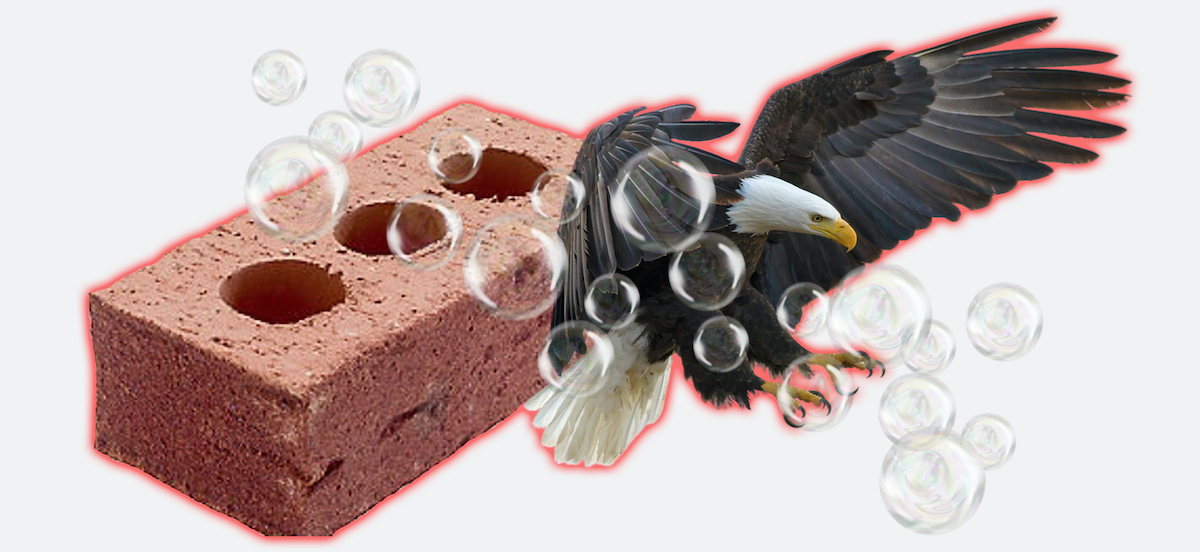
Creative mediums taking over traditional ones as the leading (and most paid) jobs.
All mediums are already creative.
James Jebbia for 2020.
Who’s James Jebbia? JK, this is disturbing.
Gucci bar soaps.
Too prosaic. Will probably happen.
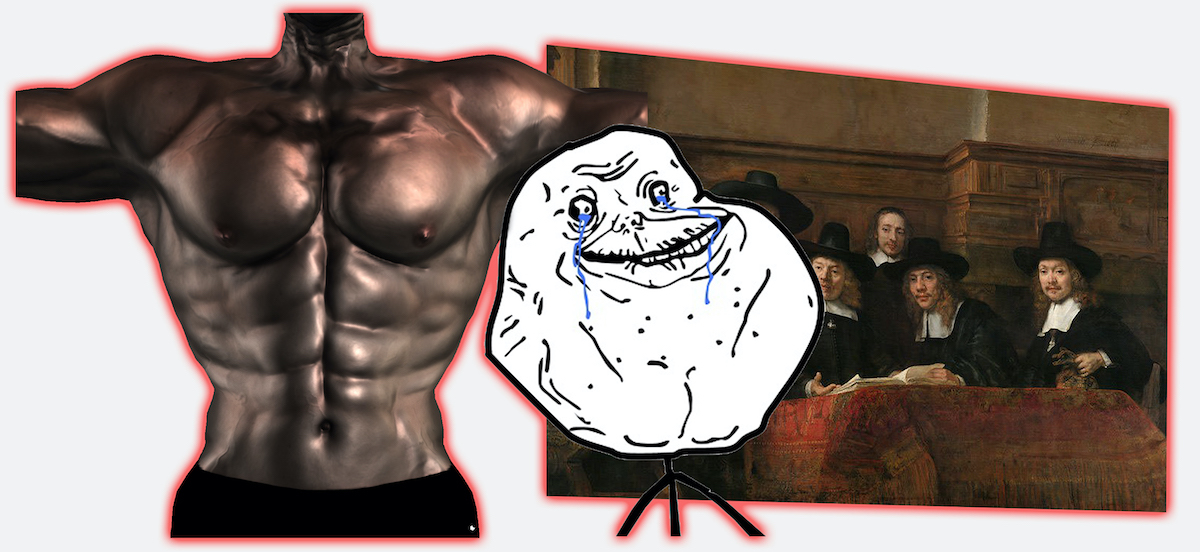
Corsets making a come back as mandatory underwear.
Sounds sexy and problematic.
Memes becoming established artwork, taking over museum space next to a Rembrandt.
This has already happened.
Cryptocurrencies completely replacing traditional physical money.
Very likely.
Emily Segal is an artist, writer, and strategist, known for her work as one of the founders of groundbreaking trend forecasting agency K-HOLE. The agency coined the term “normcore”, which was shortlisted for the Oxford English Dictionary's Word of the Year in 2014 and took the internet by storm. Emily is also the co-founder of Nemesis Global, a think tank for cultural research based in Berlin, Helsinki and New York, which was founded in 2017.
As a strategist, Emily has worked on projects for Comme des Garcons, Prada, The Metropolitan Museum of Art, Uniqlo, Target, Beats, and many others. She was named one of Fast Company’s 100 Most Creative People in Business and served as a member of the World Economic Forum’s Global Agenda Council on the Future of the Consumer Industries.

Foundation
Gathering over forty recent works, DHC/ART’s inaugural exhibition by conceptual artist Marc Quinn is the largest ever mounted in North America and the artist’s first solo show in Canada

Foundation
Six artists present works that in some way critically re-stage films, media spectacles, popular culture and, in one case, private moments of daily life
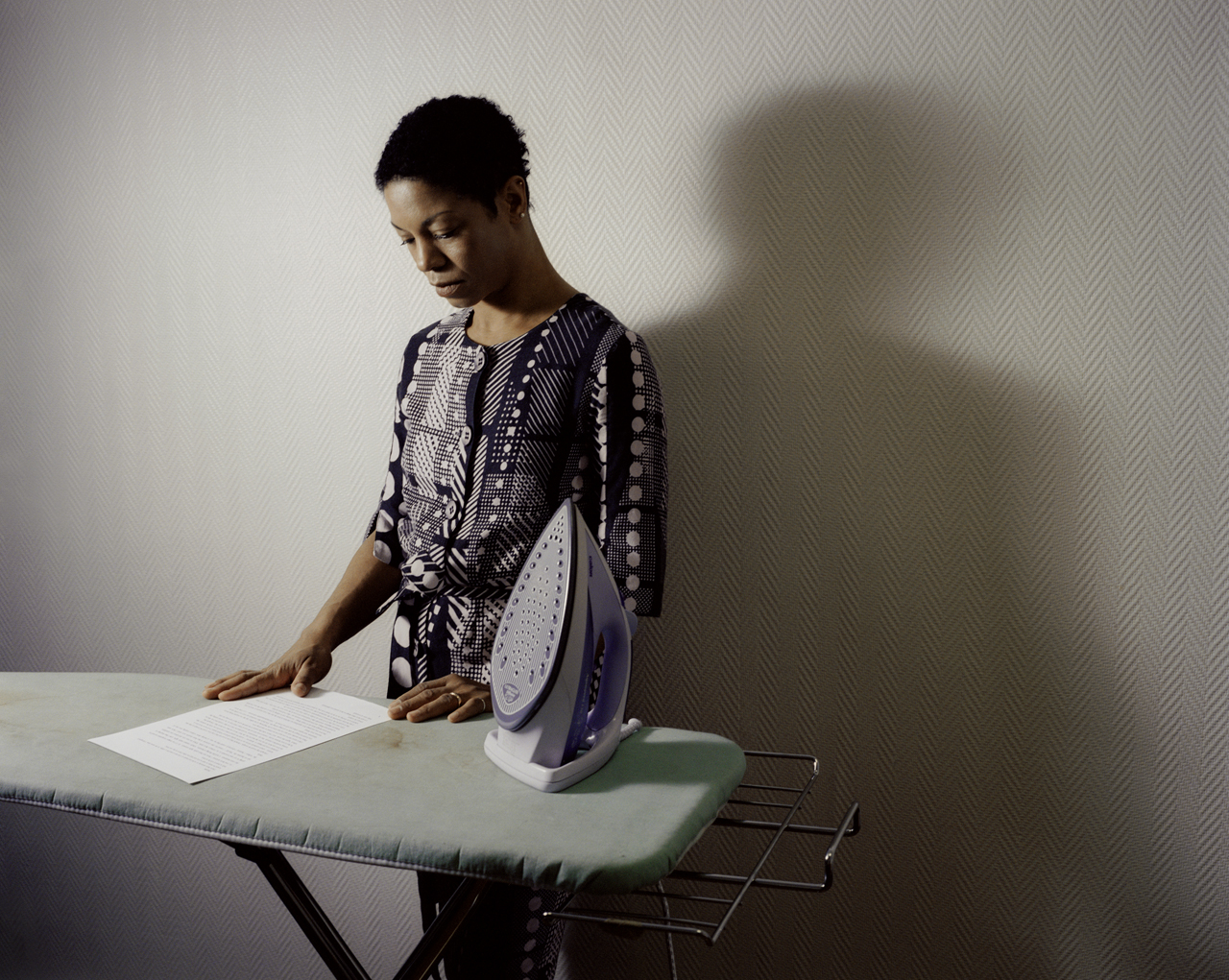
Foundation
This poetic and often touching project speaks to us all about our relation to the loved one

Foundation
DHC/ART Foundation for Contemporary Art is pleased to present the North American premiere of Christian Marclay’s Replay, a major exhibition gathering works in video by the internationally acclaimed artist
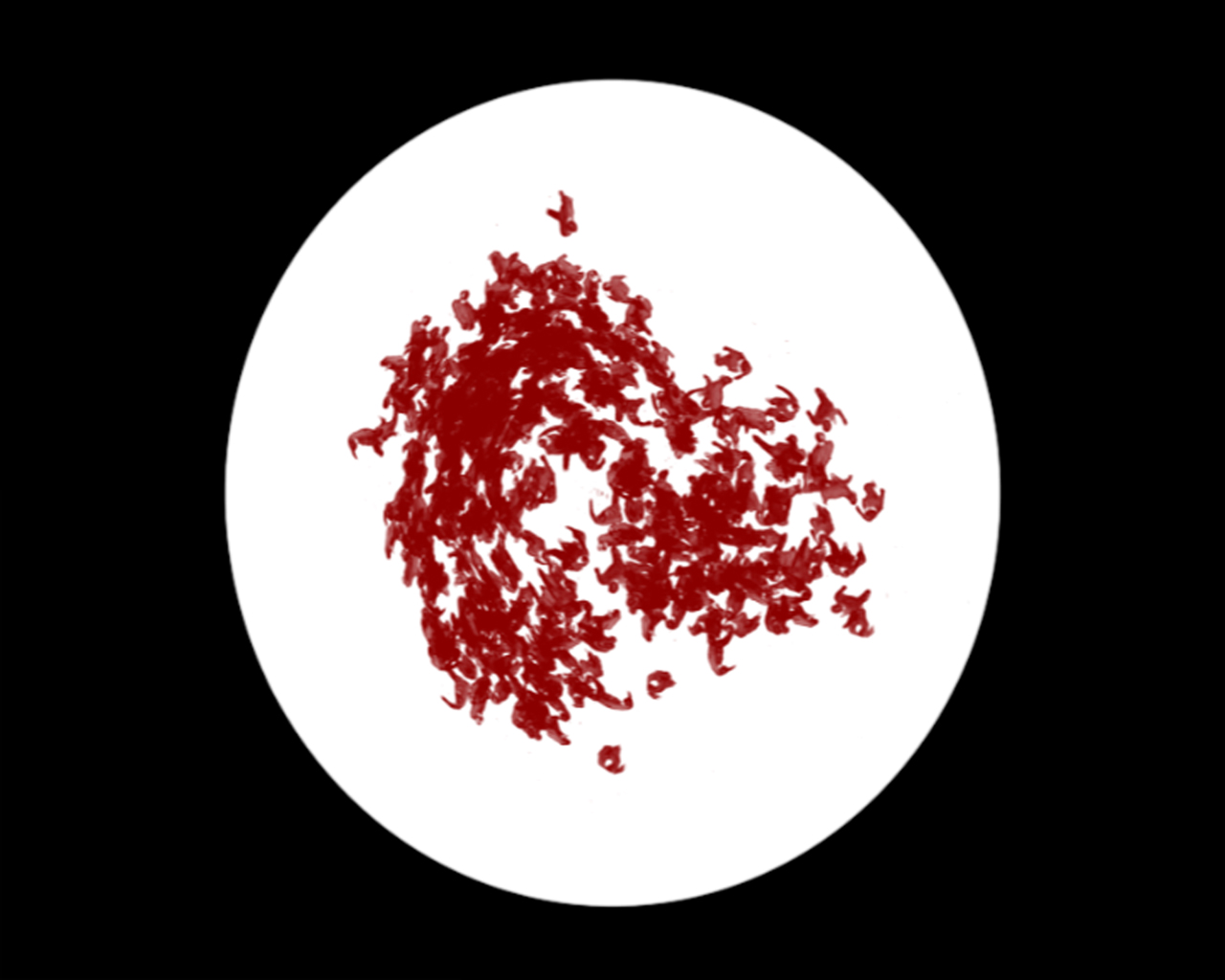
Foundation
DHC/ART is pleased to present Particles of Reality, the first solo exhibition in Canada of the celebrated Israeli artist Michal Rovner, who divides her time between New York City and a farm in Israel
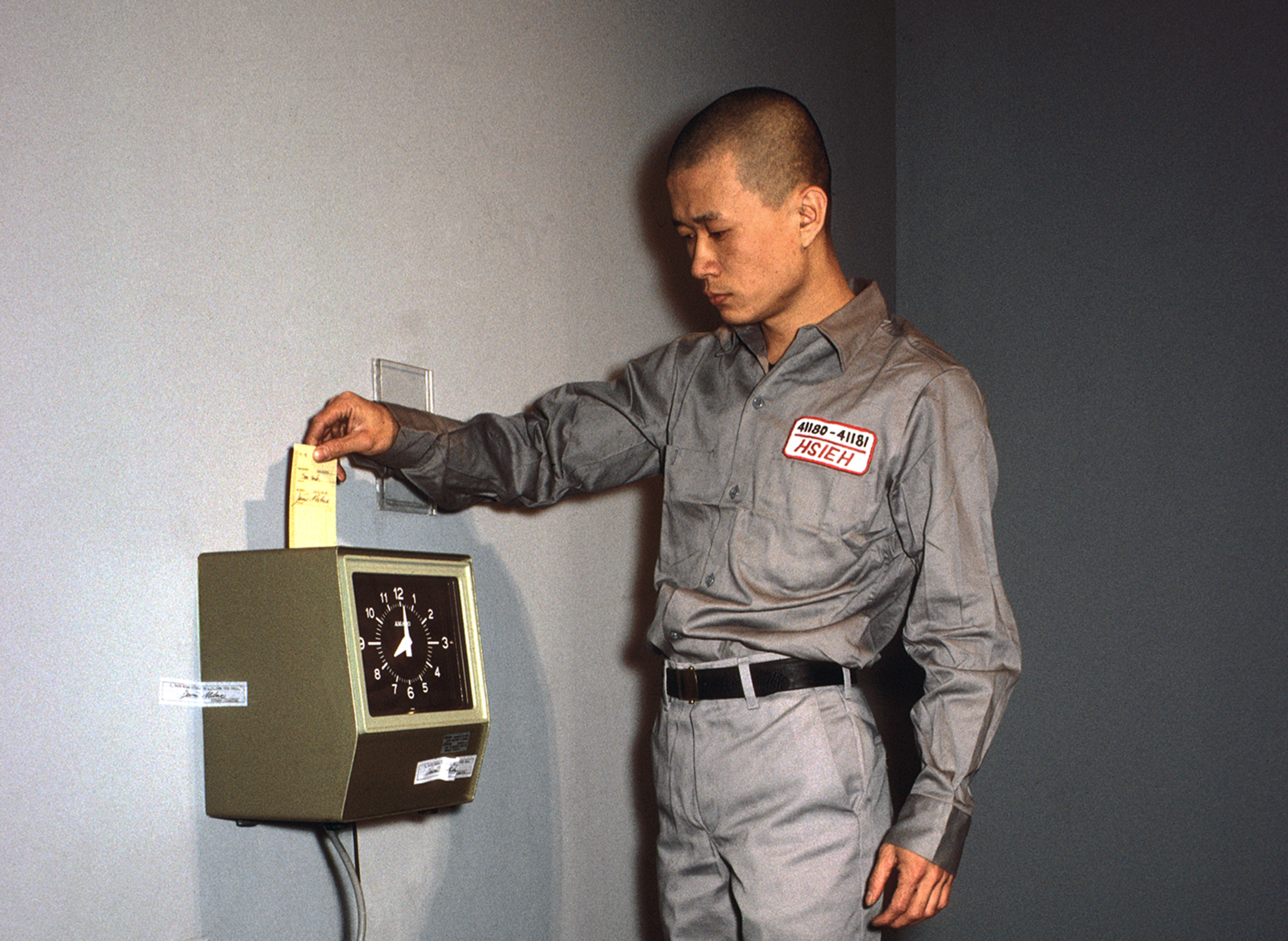
Foundation
The inaugural DHC Session exhibition, Living Time, brings together selected documentation of renowned Taiwanese-American performance artist Tehching Hsieh’s One Year Performances and the films of young Dutch artist, Guido van der Werve
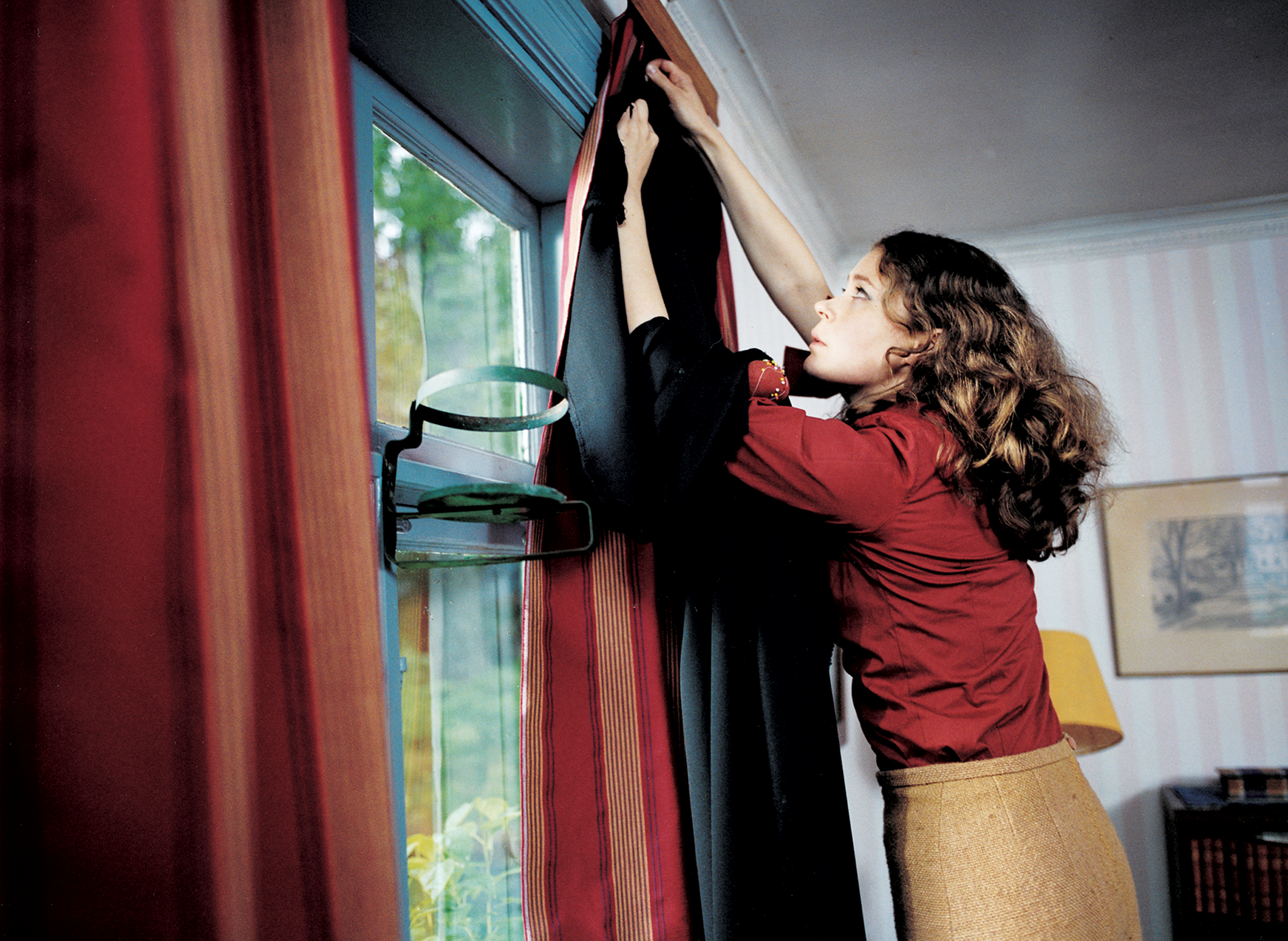
Foundation
Eija-Liisa Ahtila’s film installations experiment with narrative storytelling, creating extraordinary tales out of ordinary human experiences

Foundation
For more than thirty years, Jenny Holzer’s work has paired text and installation to examine personal and social realities